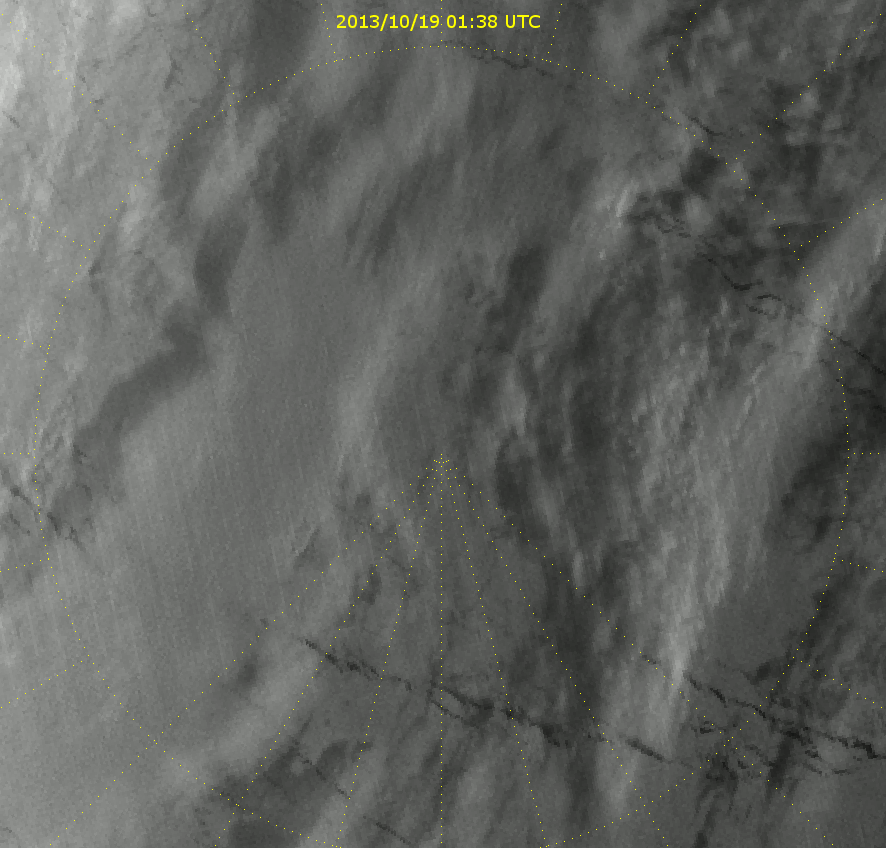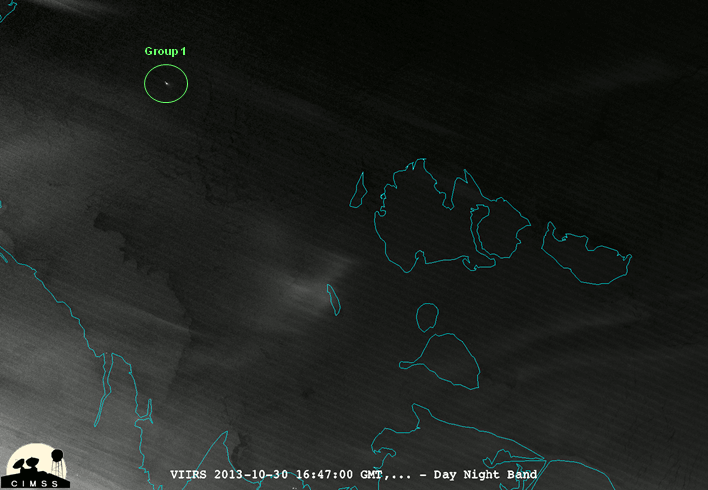In the lead up to the 2014 Winter Olympics, the Olympic Torch was sent on a grueling journey across Russia and beyond – including a trip to the North Pole and to Outer Space. (Obviously, the torch won’t be lit when it is in space. You don’t want to burn up all the oxygen on the International Space Station – the astronauts need that to breathe. It also wouldn’t burn during the space walk, since there is no air out there.) An offshoot of the flame did make it to the North Pole, though, which is the first time that has ever happened. One could argue that it wasn’t really the true Olympic Flame, since the original flame burned out during a jog around the Kremlin in Moscow:
http://www.youtube.com/watch?v=f5M5lBpHahY
But, I’m sure the backup cigarette lighter is a valid substitute for having to jog all the way back to Athens, Greece to get the high priestess of the Temple of Hera to invoke the power of the sun to relight it. (We poke fun in good nature, knowing full well that it could happen to any of us – any of us lucky enough to carry the torch.)
Now, back to the Olympic Flame’s trip to the North Pole. Under the cover of clouds, the nuclear-powered icebreaker, 50 Years of Victory (50 лет Победы in Russian), carried the flame to the furthest north it could go. Once there, the torchbearers gave Santa Claus quite the light show. Check out the videos and photos of the trip – it was pretty impressive. Santa was grateful for the presentation. It was his last opportunity to take a break before finishing his Christmas preparations.
So, what does this have to do with a blog about a weather satellite? VIIRS saw the Olympic Flame and the Star Wars-like light show put on at the North Pole.
According to those news articles, the ship arrived at the North Pole on 19 October 2013. Below is an animation images from the Day/Night Band for every VIIRS overpass from 01:38 UTC on 19 October to 06:23 UTC on 20 October 2013.

The yellow dotted lines are latitude and longitude lines. The longitude lines converge on the North Pole. Initially, there is an opaque cloud layer that obscures the view of the 50 Years of Victory, but by the 08:23 UTC 19 October 2013 frame, the light from the ship is clearly visible. In the last two frames, the icebreaker can be seen heading back to Russia, which is off the top of the image. (Canada and the United States are below the bottom edge of the image.)
Keep in mind, since we are past the Autumnal Equinox, it is always night at the North Pole. That’s why we can see the ship’s lights. (It would be too bright to see the ship if it were daylight.) That also means that Santa has to finish making presents for everyone in the dark.
And, sorry kids. The Day/Night Band does not have high-enough resolution to be able to see Santa’s house. But, it does have high-enough resolution to see an icebreaker ship at work.
UPDATE/ASIDE: William Straka III (U. of Wisconsin/CIMSS) has done some investigating of ships at night in the Arctic using the Day/Night Band, and has shared these images (converted to a single animation):

This animation covers several days (30 October to 2 November 2013) where a couple of icebreaker ships are visible. Using the website sailwx.info, he was able to identify one of the ships as the icebreaker Taimyr (Таймыр). Here’s a plot of the ship’s track over this period:

The other ship (or ships, since there seem to be two areas of light in some of the images) are unidentified. He was able to deduce the following:
One of the ships in “Group 1” is an icebreaker. (It has to be, because there is ice covering the ocean in this region.) That icebreaker cannot be the 50 Years of Victory (50 лет Победы), since it had returned to port following its trip to the North Pole. Tracking information from sailwx.info also shows that it was not the Vaygach (Вайгач). News reports show that the Rossiya (Россия) was retired from service in May 2013. The only other nuclear-powered icebreakers in the Russian fleet are the Yamal (Яма́л) and the Sovetskiy Soyuz (Советский Союз). (Of course, there is the possibility that the icebreaker isn’t nuclear-powered, which increases the number of possibilities.)
In case you’re interested, this scene takes place near the New Siberian Islands. I’m not sure what kind of services they have on the islands but, judging by the images above, they look like a good place to view the aurora!